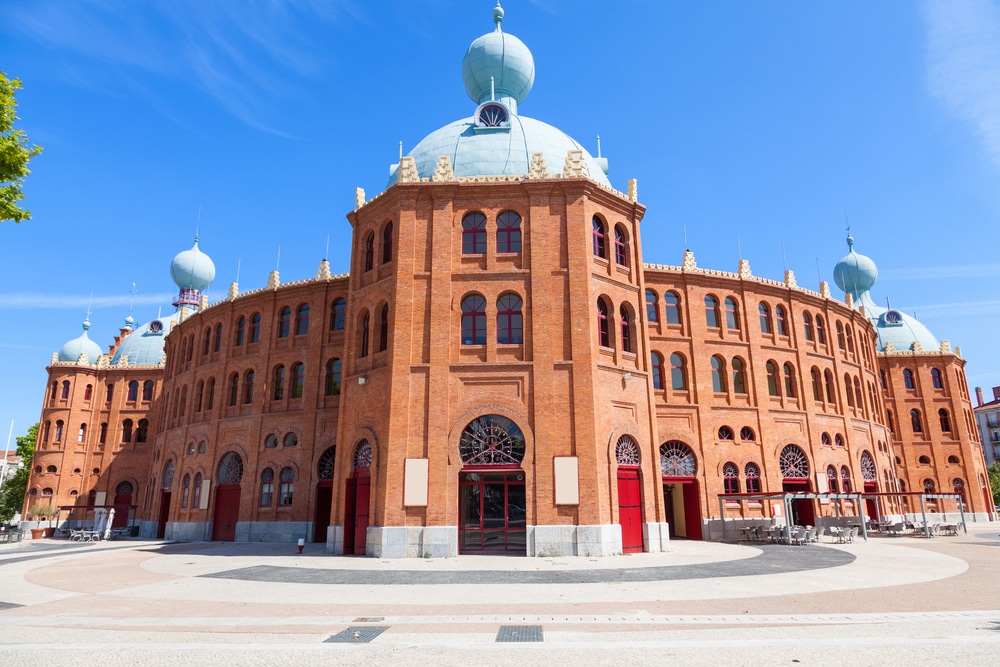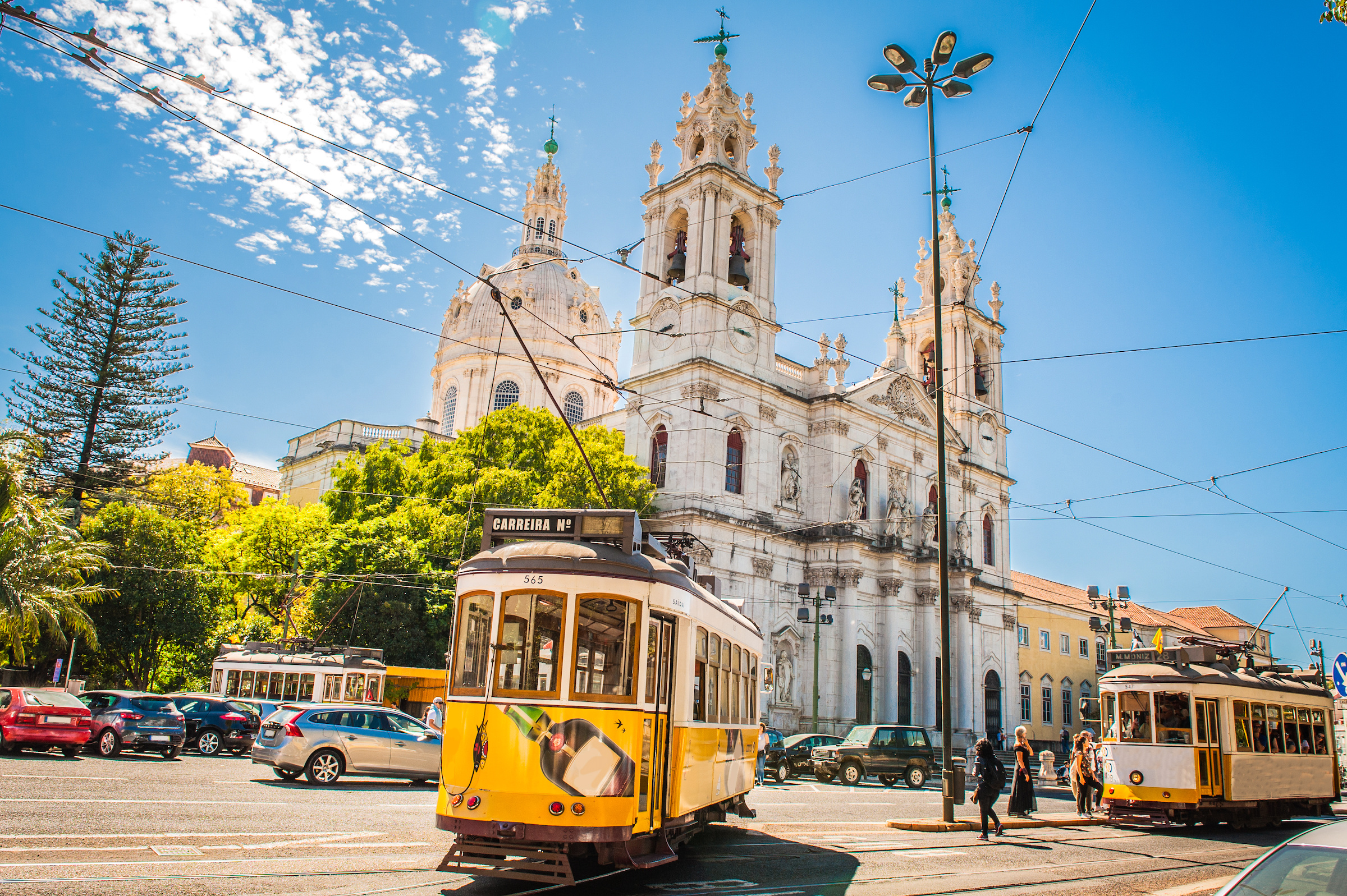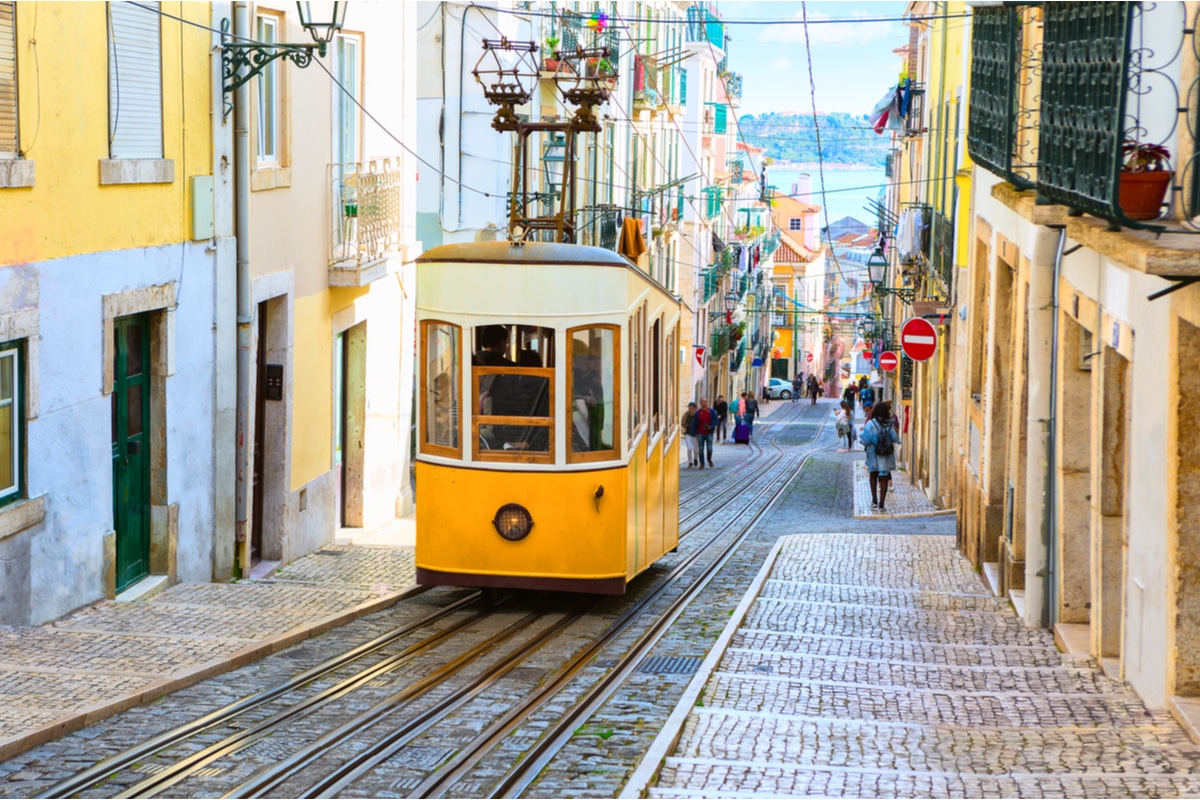Campo Pequeno

One thing in advance: Bullfighting is controversial in Portugal, because especially the younger generation perceives the fight between the bull and the torero as cruel and as cruelty to animals. But in Campo Pequeno, in the north of the capital Lisbon, the tradition has survived, even if the archaic-looking duel in the arena has taken on new forms in recent years and the killing of the animals in combat has been banned by law. The so-called "Atra Marialva", the duel between man and animal, takes place annually between Easter Sunday and the month of October.
Fights on horseback or on foot
In each show, six bullfights with six different bullfighters take place in the Campo Pequeno. According to certain rules, there are also duels in which the bullfighter fights his four-legged opponent from horseback. In this case, pain is inflicted on the bulls by the insertion of the so-called "Farpas Compridas". These spikes have to be inserted three times. At the end, the weakened animal is calmed down and captured by the "forcados", the bull catchers. This is the tradition in the Campo Pequeno of Lisbon.
A multifunctional hall
The Portuguese architect Antonio José da Silva designed the Campo Pequeno with its photogenic façade. The arena was built between 1890 and 1992 because Lisbon's original bullfighting arena at the Campo de Santana had become outdated and was demolished. The large bullfighting arena in the Spanish capital Madrid served as a model for da Silva. Until 2006, Campo Pequeno was renovated again and again and has been used as a multifunctional hall for events of all kinds for some time now.
Space for ten thousand spectators
Since 2006, the shopping centre Comercial do Campo Pequeno, a cinema hall and a spacious multi-storey car park have been located underneath this hall. The arena's footprint was given towers at each corner, with the western tower having the function of the main entrance. A trademark of this arena is the many windows, each of which was given the shape of a horseshoe. The actual event area was covered with sand, as in all times of bullfighting. Ten thousand people can be seated on the steps of the Campo Pequeno during concerts and bullfights. Attached to the arena is a small museum with photos, pictorial reports and suits of the toreros.



